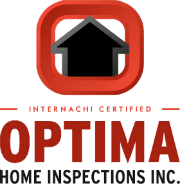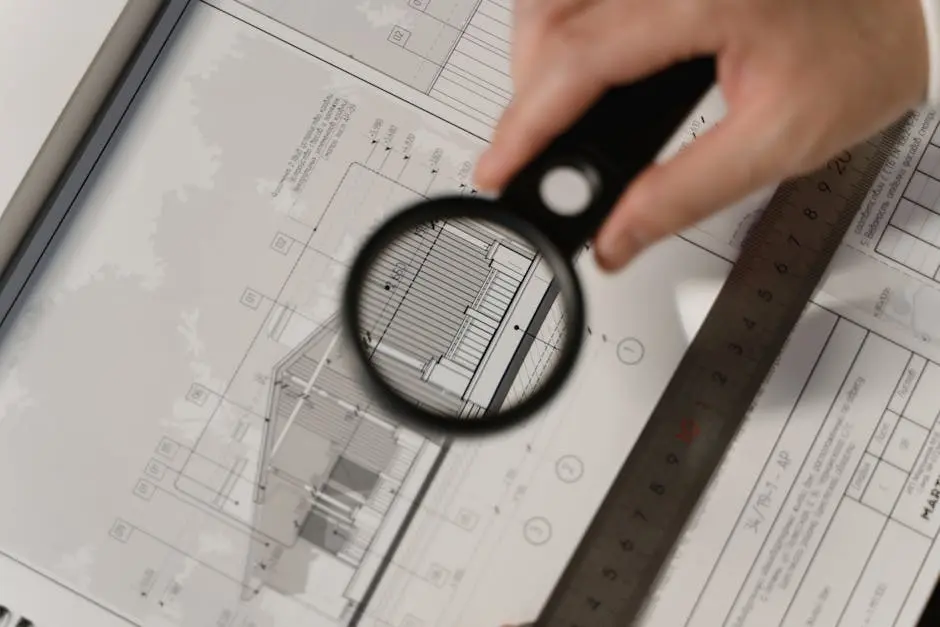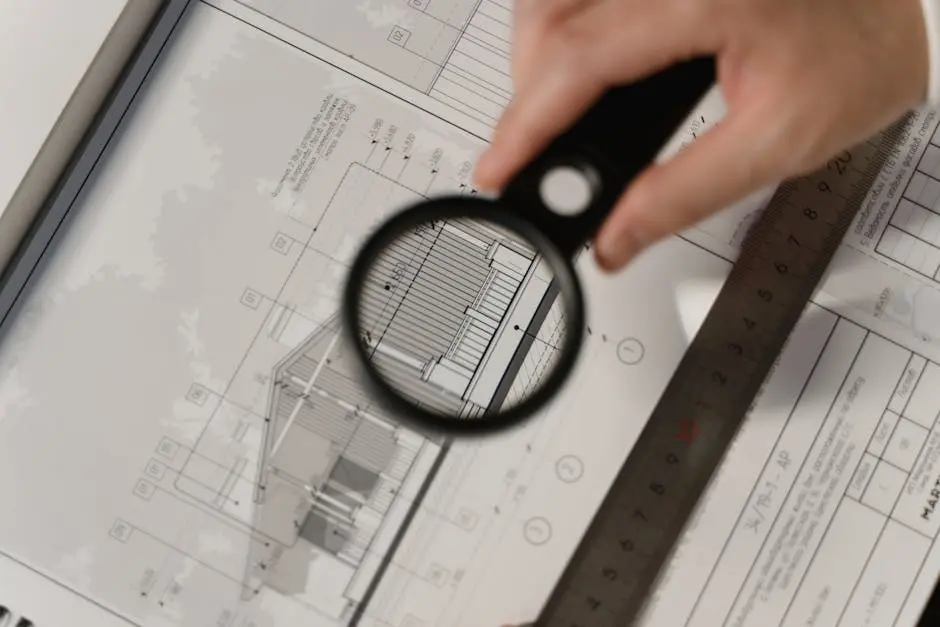Home inspections in the Hudson Valley are crucial for ensuring your dream home doesn’t turn into a nightmare. However, many buyers and even homeowners overlook common pitfalls that can lead to costly mistakes. In this blog, we’ll guide you through the errors to avoid, helping you make informed decisions and secure a home that’s perfect for you.
1. Ignoring the Importance of Pre-Inspection Research
Before diving into a home inspection, it’s essential to research the property and the surrounding area. This prepares you for what to expect and helps in identifying any red flags early on. Understanding local zoning laws can also give you insights into potential future developments that may impact your property’s value. Gathering information about the neighborhood’s history might reveal past issues, such as frequent flooding or problematic soil conditions. By investing time in research, you equip yourself with a framework to guide the inspection process and address potential questions that arise.
Moreover, leveraging online resources and public records can provide a treasure trove of information about the property’s history. Details about previous renovations or repairs can be invaluable. Such data might reveal if previous owners addressed foundational problems or just applied cosmetic fixes. Being aware of these elements empowers you to approach the home inspection with a proactive stance, ensuring nothing is overlooked during the process. Remember, the more informed you are, the better questions you can ask, leading to a more thorough evaluation.
2. Choosing an Inexperienced Home Inspector
Selecting a qualified home inspector is crucial to uncovering potential issues with the property. It’s not enough to choose someone who’s merely licensed; experience plays a crucial role in the effectiveness of the inspection. Look for inspectors who have a robust portfolio in Hudson Valley home inspections to ensure they are familiar with the common problems in the area. Experienced inspectors bring knowledge and insights that newer inspectors may lack, such as recognizing signs of regional-specific issues or understanding older construction methods typical of the area.
Furthermore, checking for customer reviews and asking for references can provide additional assurance of the inspector’s credibility and expertise. Don’t hesitate to ask potential inspectors about their training and certification. Questions about their process and what they typically focus on can give you a clear picture of the thoroughness of their inspection. Remember, a good inspector is your ally in ensuring the home is safe, sound, and worth the investment.
3. Skipping the Inspection Report Review
After the inspection, the report you receive is a critical document detailing the property’s condition. However, many buyers make the mistake of glossing over it or failing to fully understand the contents. The inspection report can be a comprehensive document, filled with technical jargon and intricate details of potential issues—a challenge to comprehend for those unfamiliar with property assessments. Taking the time to go through each section meticulously and consulting the inspector for clarifications can illuminate necessary repairs or risks you might otherwise overlook.
In addition to reading the report, compare its findings with the property’s disclosure form to cross-verify the seller’s information. This can reveal discrepancies and protect you from unforeseen issues later. Utilizing the details from the report is not just about addressing existing problems; it’s about preemptively tackling those that might arise. This step could offer opportunities for price negotiations or for the seller to undertake repairs before closing, which can translate into significant savings and peace of mind in the long run.
4. Overlooking Structural Issues
Structural integrity is a cornerstone of any sound property investment, yet it’s an aspect often overshadowed by aesthetic features during the home buying process. Inspect the foundation meticulously for cracks or signs of settling, as these can signal significant issues. While some cracks can be normal, others might indicate serious foundation problems that require costly repairs. Pay attention to uneven floors, sticky doors, or windows that don’t close properly, as these can be signs of underlying structural issues.
Inspectors should also examine the roof for sagging or uneven areas, which may suggest structural deficiencies. A thorough inspection of attic and basement areas often reveals additional critical insights. Don’t underestimate the impact of even minor issues, as neglected structural damages can escalate into major expenses over time. Ensure your inspector uses advanced tools like infrared cameras to detect hidden problems, providing you with a comprehensive picture of the home’s structural status.
5. Neglecting to Check for Pest Infestations
Pests are not just a nuisance; they can inflict severe damage on a home if left untreated. Termites, in particular, are a notable concern in many regions and pose a grave threat to wooden structures. During your inspection, it’s vital to check for termite activity, including mud tubes, hollow-sounding wood, and visible damage. Rodents can also sneak into homes and multiply rapidly, leading to extensive and expensive damage over time.
Additionally, be on the lookout for signs of other infestations, including ants, cockroaches, and wasps. Listen for unfamiliar sounds in walls and attics or look for droppings that may indicate a pest presence. Enlisting a specialized pest inspector could also be beneficial, especially for properties in areas known for particular infestations. Unaddressed pest issues not only cause structural damage but can also lead to health issues, making thorough diligence in this area an essential part of a home inspection.
6. Failing to Test All Utilities
Testing utilities such as water, electricity, and HVAC systems is an essential step in ensuring the home’s functionality. Buyers can often be complacent, assuming all systems work simply because they have functioned during a brief showing. However, without a thorough examination, you could be left with broken systems that are expensive to repair after purchase. Verifying the functionality of all major systems—checking circuits, water pressure, and the efficiency of the heating and cooling system—can save you future headaches and costly repairs.
It’s important to test outlets, lights, and switches throughout the property to ensure they are working correctly and safely. Hiring electricians to test the electrical panel and wiring can identify potential fire hazards that are not easily noticeable. Engage a plumber to assess water quality and identify underlying plumbing issues. Ensure the HVAC system maintains consistent temperatures and is operating efficiently. This not only assures comfort from day one but also prepares you for any negotiations if issues arise. By conducting a thorough assessment of utilities, you signal you’re buying not just a house, but a functional, comfortable home.
7. Not Checking for Water Damage or Mold
Unchecked water damage or mold can lead to severe health concerns and costly repairs. Water damage may not immediately appear but can silently compromise a building’s structure. Inspect key areas like the basement, attic, and around all windows and doors. Look for signs of past leaks, such as discoloration, peeling paint, or a musty odor. Mold thrives in damp conditions, so these checks are vital in identifying potential mold infestations that can harm both your health and your investment.
It’s prudent to use moisture meters or hire a specialist to run more intensive checks for mold, especially for those with respiratory concerns. Mold remediation can be expensive, and it’s better to identify these issues when the seller might still mitigate the damage beforehand. Proactive strategies like ensuring proper ventilation and regular maintenance can prevent these problems from escalating, making it a critical aspect of long-term homeownership and peace of mind.
8. Ignoring Roof and Gutter Inspections
The roof is your home’s first line of defense against the elements, making its inspection a critical task. Roof inspections can reveal damages like missing shingles, leaks, or even potential structural issues that are not visible at ground level. Ensuring that the gutters are in good condition and free of debris is equally significant, as blocked gutters can lead to water overflow that damages the exterior walls and foundation of your home.
Working with professionals who can safely and thoroughly assess the roof ensures that you’re aware of any current or potential issues. A good practice is to check for balancing issues, as unevenness can indicate the need for critical repairs or replacements. Roofs can be financially overwhelming to correct, so having the information from a recent inspection can empower you with negotiation opportunities. Remember, an ounce of prevention is worth a pound of cure, especially when it comes to potentially high-cost repairs.
9. Assuming the Home Is Move-In Ready
Even new constructions should not be assumed move-in ready. Despite being new, homes can hide a myriad of issues, from shoddy workmanship to incomplete installations. Always push for a comprehensive inspection following the completion of any new home build. Sometimes, builders may cut corners for various reasons, and while cosmetic details might be perfect, the hidden workings within the walls could tell another story.
This aspect is even more essential for older homes, where charm and character sometimes overshadow underlying issues. Inspections can uncover electrical wiring problems or plumbing systems that don’t meet current safety codes. Not assuming readiness and insisted on thorough checks everywhere, such as in the crawlspaces, attics, and behind walls, ensures that you avoid hidden surprises, manage to plan better, and trust that everything is in order.
10. Missing the Opportunity for Negotiations
A detailed inspection report is not just a tool for knowledge but a powerful instrument for negotiation. Many buyers overlook this opportunity, either from excitement or eagerness to close quickly. The potential for negotiating repairs or price reductions based on inspection findings can be significant. Key here is to understand that while some repairs are minor, others could indicate potential financial burdens. Use these findings to discuss terms with the seller, aiding in either a better sale price or necessary seller-funded repairs.
In certain situations, negotiating a repair escrow where the seller provides funds to conduct repairs post-purchase can be a viable option. Remember, it’s about investing in a home that equates to value for money, considering future investment protection. The more you can leverage the report’s findings, the better your stance in turning flaws into favorable negotiations.
11. Forgetting to Plan for Future Maintenance
Understanding the home’s current condition also provides insight into foreseeable future maintenance. The inspection report often highlights areas needing future attention that one can budget for. Homes, like all long-term investments, require continued care, and by planning for future upkeep based on current assessments, you ensure your property remains valuable over time.
Consider creating a maintenance calendar as a tangible way to stay proactive about upcoming repairs or replacements. Items like HVAC systems, water heaters, and roofs have defined lifespans, and the ability to plan for these can save homeowners from unanticipated financial burdens and maintain the property’s long-term health and efficiency.
12. Overlooking Environmental Issues
Finally, do not overlook the environmental factors that can impact your property. Flood zones, proximity to industrial sites, and even local traffic patterns should be considered. These can influence your home’s safety, living conditions, and long-term property value. Environmental inspections can reveal potential hazards that are often not immediately apparent, but which can diminish your quality of life or increase risk.
Researching the area’s past and current environmental standings can also inform you about potential future developments, contributing to a well-rounded understanding of the site’s long-term feasibility. Taking into account regional environmental issues can ensure that your living environment remains safe and uplifting, reducing unknown risks on your financial and personal investment.






